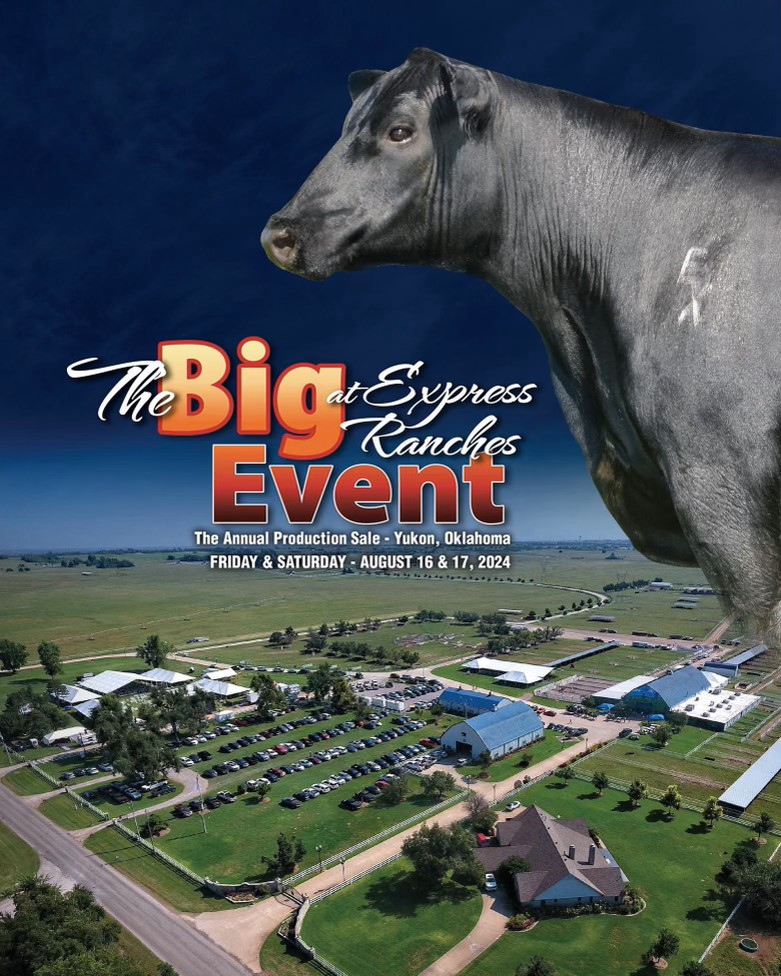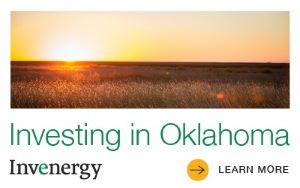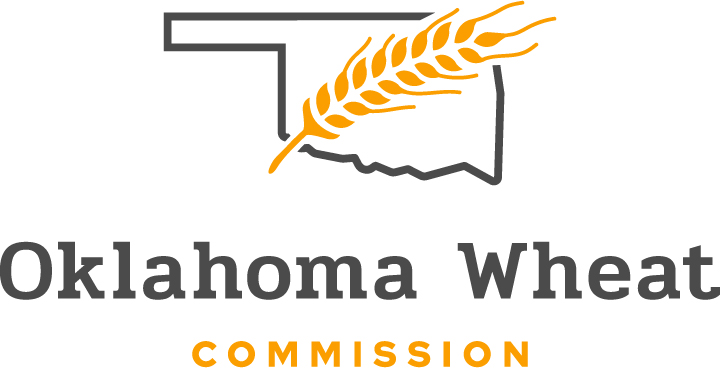
Agricultural News
Oklahoma Quality Beef Network: Summary of Fall 2013 Sales
Tue, 04 Mar 2014 18:55:44 CST
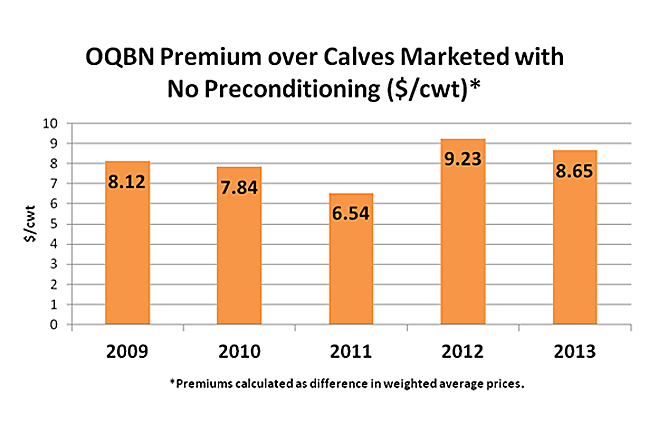
Kellie Curry Raper, Eric A. DeVuyst, Derrell Peel, Oklahoma State University Agricultural Economics, and Gant Mourer, Oklahoma State University Animal Science , write in the latest Cow-Calf Newsletter:
The Oklahoma Quality Beef Network (OQBN) is committed to increasing producer access to value-added marketing opportunities and improving the quality of Oklahoma cattle. One piece of that commitment involves conducting special sales for calves enrolled in OQBN's calf certification programs. OQBN calves are managed according to a specific health management preconditioning protocol designed to improve calf performance throughout the beef supply chain. The combined value of the management protocol and the third party certification by OQBN is expected to increase the value of calves at marketing, as compared to calves sold with no preconditioning.
Producer participation and the number of calves marketed through the Oklahoma Quality Beef Network (OQBN) value-added health management program increased in 2013, relative to 2011 and 2012, as the region began modest drought recovery. OQBN value added calf sales were hosted by several livestock markets around the state in fall 2013. Market data were collected at eight sales, including Cherokee, Elk City, McAlester, OKC West (×2), Blackwell, Pawnee, and Tulsa between October 30, 2013 and December 14, 2013. Data were collected on approximately 4183 OQBN certified calves sold in 343 lots at these designated OQBN sales. Including the OQBN calves, data were collected on a total of 11,927 calves.
Figure 1 (above) illustrates the OQBN premium (weighted average) over non-preconditioned cattle for marketing years 2009-2013. Premiums across that timeframe ranged from $6.54/cwt to $9.23/cwt (see Raper and McKinney, 2009; McKinney et al., 2010; Raper et al., 2011). The overall average OQBN premium for 2013 was $8.65/cwt. Again, this premium and premiums for other years represented are based on the weighted-average price of all OQBN lots as compared to non-preconditioned cattle and do not consider price differences attributable to lot size, weight, breed, hide color, sex, fleshiness, and muscling.
The weighted average OQBN premiums by weight category and gender for 2013 are illustrated in Figure 2 (below). Note again that price differences attributable to other characteristics are not reflected in the weighted-average. OQBN steers and heifers earned market premiums over non-preconditioned cattle in every weight category. Both steers and heifers appeared to garner higher premiums per hundredweight over non-preconditioned calves at lighter weights. Relative to non-preconditioned calves, steer calf premiums ranged from $7.49/cwt to $22.15/cwt (weighted average basis) while heifer calf premiums ranged from $6.33/cwt to $24.88/cwt (weighted average basis), generally with higher premiums per cwt for lighter weight calves.
Estimated value added to Oklahoma calves based on premiums alone, including the 1281 OQBN calves marketed outside of OQBN sales, is approximately $341,000.00. Using the Oklahoma Quality Beef Network Budgeting Tool, profit per head for 2013 OQBN calves is estimated at approximately $54/head when the cost of preconditioning and the benefit of additional weight gain between weaning and marketing is considered. The OQBN budgeting tool is available at www.agecon.okstate.edu/faculty/publications/3943.xlsx.
OQBN's impact reaches beyond the certified sale component. New value-added programs have been developed at participating livestock markets and overall awareness of the value of health management practices has increased. The percentage of Oklahoma's calf crop marketed as value-added increased from 3.06% in 2007 to 6.43% in 2012. See http://www.oqbn.okstate.edu for educational information and for more detailed information on the health management protocol and the certification process.
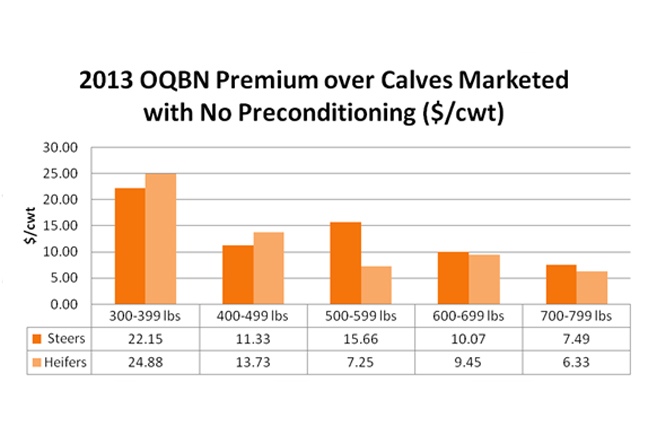
WebReadyTM Powered by WireReady® NSI
Top Agricultural News
More Headlines...

















